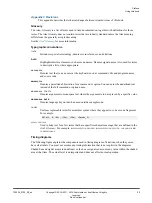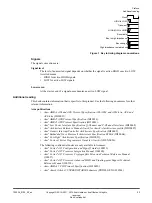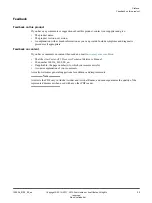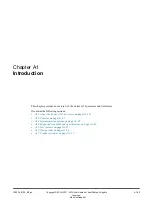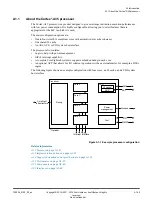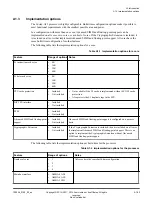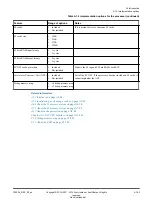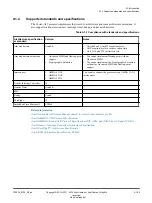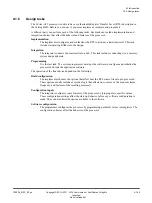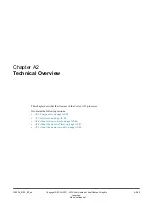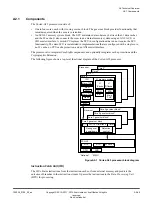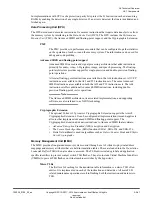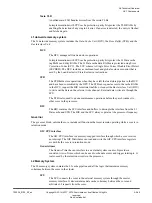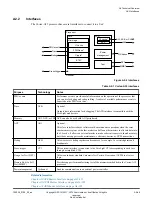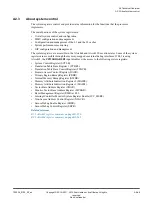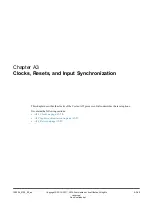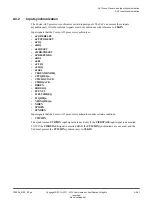
A1.6
Design tasks
The Cortex
‑
A35 processor is delivered as a synthesizable Register Transfer Level (RTL) description in
the Verilog HDL. Before you can use it, you must implement, integrate, and program it.
A different party can perform each of the following tasks. Each task can include implementation and
integration choices that affect the behavior and features of the processor.
Implementation
The implementer configures and synthesizes the RTL to produce a hard macrocell. This task
includes integrating RAMs into the design.
Integration
The integrator connects the macrocell into a SoC. This task includes connecting it to a memory
system and peripherals.
Programming
It is the last task. The system programmer develops the software to configure and initialize the
processor and tests the application software.
The operation of the final device depends on the following:
Build configuration
The implementer chooses the options that affect how the RTL source files are pre-processed.
These options usually include or exclude logic that affects one or more of the area, maximum
frequency, and features of the resulting macrocell.
Configuration inputs
The integrator configures some features of the processor by tying inputs to specific values.
These configuration settings affect the start-up behavior before any software configuration is
made. They can also limit the options available to the software.
Software configuration
The programmer configures the processor by programming particular values into registers. The
configuration choices affect the behavior of the processor.
A1 Introduction
A1.6 Design tasks
100236_0100_00_en
Copyright © 2015–2017, 2019 Arm Limited or its affiliates. All rights
reserved.
A1-36
Non-Confidential
Summary of Contents for Cortex-A35
Page 4: ......
Page 18: ......
Page 26: ......
Page 27: ...Part A Functional Description ...
Page 28: ......
Page 145: ...Part B Register Descriptions ...
Page 146: ......
Page 573: ...Part C Debug ...
Page 574: ......
Page 845: ...Part D Appendices ...
Page 846: ......

